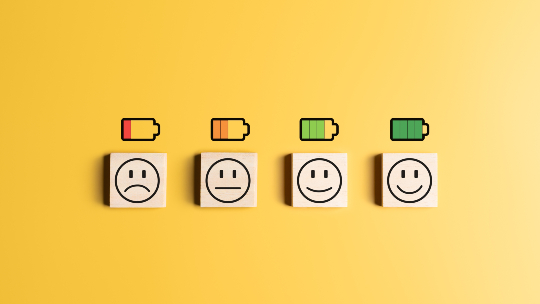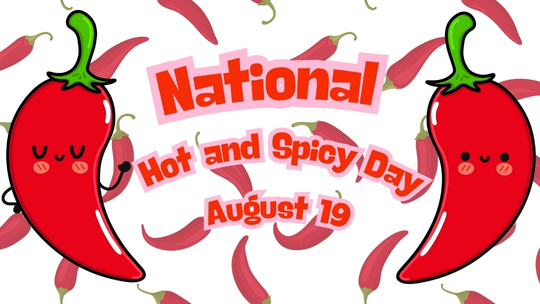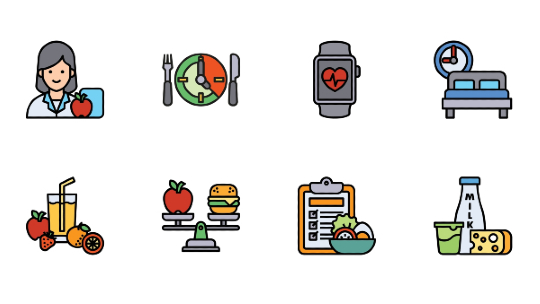Have you ever had to count your change to buy a box of tampons? What would you do if you had to go without? Most of us don’t have to think about these types of choices and the shame they bring. But there are countless people in Hawaii who must choose between paying for necessities like groceries and buying period products such as tampons and pads every month.
Over the course of a lifetime, people who menstruate will have their period for a total of about 2,500 days, which is nearly seven years. And they’ll pay more than $6,000 for period products. Period poverty happens when people can’t afford products to care for themselves during menstruation. It affects 42 million people across the country.
“Many of us take this stuff for granted that it’s there and it’s readily available for us,” says Leina Kanana, director of community health services at Waianae Coast Comprehensive Health Center (WCCHC). “But there are so many households in Hawaii, not only the homeless but the disadvantaged, those who were laid off during the pandemic, where this is an added cost and people are counting their dollars, counting their coins, to buy a package of pads or tampons.”
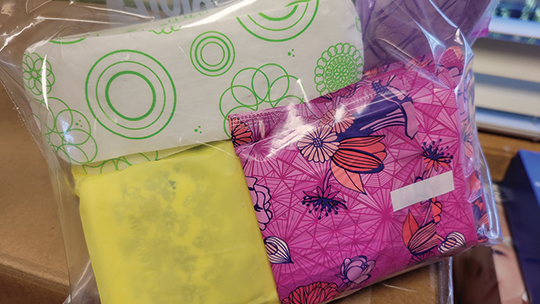
Healthy spaces
WCCHC is a federally qualified health center on Oahu’s leeward coast. Kanana and Dodie Rivera, a registered nurse who manages WCCHC’s Care and Services Coordination team, provide care coordination, social work, housing outreach, food distribution, and other social services to the homeless community.
In the past year, Rivera’s team has served just under 1,000 homeless residents. Creating a safe and sanitary living environment is difficult but essential to their health. For our population to fight all these illnesses, hygiene should definitely be on the forefront, says Rivera. Without having the period products, they may be at risk to get more viruses, bacteria, and pathogens, which can lead to an infection, she says.
Kanana and Rivera have seen the adverse effects of period poverty. When people don’t have enough products, they use what they have for longer than is safe. When they don’t have any, people use clothes, toilet paper from public restrooms, or go without. It creates an unhealthy situation for them and their neighbors.
“When they can’t find menstrual products, when it’s not easily accessible to them, they’ll withdraw, which in turn withdraws them from going out and taking a shower or bringing clean water back to the campsite or even going to get food,” says Kanana.
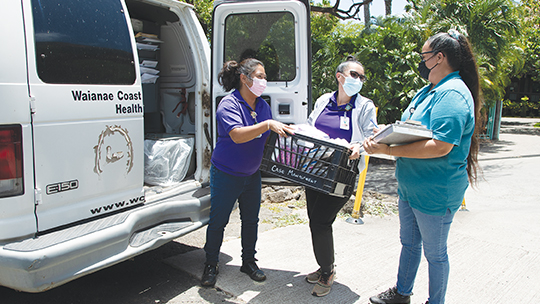
Healthy communities
The toll that period poverty takes isn’t just physical. Many people experience social and psychological effects. One in five American girls miss school because they don’t have access to period products. As for adults, Kanana says she’s seen people forced to sell their food stamps so they can buy products.
“I think that for members of our community, especially for our homeless community, it brings a sense of shame that they just don’t have the means to care for themselves or the things that they’re experiencing,” says Kanana. “The great thing with our homeless folks here is that they’re a very
loving and giving community and they’ll share.”
Kanana says the communities they work with are uniquely inclined to care for one other. Even so, her team works to make sure people have what they need by providing period kits to homeless residents. They make regular trips to homeless camps with a nurse practitioner, where they distribute a month’s supply of pads and tampons donated by community partners.
“When we take our nurse practitioner out, we take those kits with us because people will come to us on their own,” says Kanana. “They’ll approach us discreetly and say ‘Hey, do you have any pads?’ And to have a kit like that ready, available with products that can last from beginning to end of your period, is gold.”

